The Best Metroidvania Games Ever
Many video games provide a sense of exploration on some level, but the best Metroidvanias actually make backtracking fun.
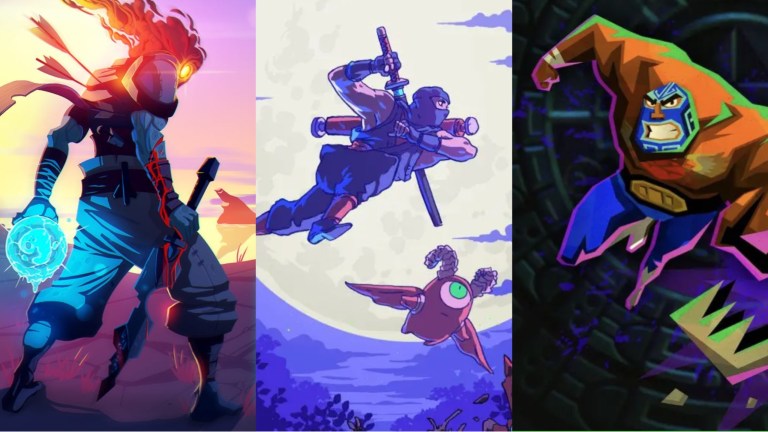
Platforming has been a part of video games since the early days, but as technology improved, so did game genres. Several designers started adding features such as RPG mechanics and unlockable abilities, and also took away other gaming staples such as a sense of direction. Thus the Metroidvania genre was born.
Several new Metroidvania titles are released every year. This steady drip feed of content guarantees fans of the genre have no shortage of games to play, but not all Metroidvanias are created equal. Most titles exude a sense of polish and quality, but some surpass others and stand as shining specimens of the genre. That’s just statistics. But which Metroidvanias are the best? Here are the games we think serve as the best example of what it means to be a Metroidvania.
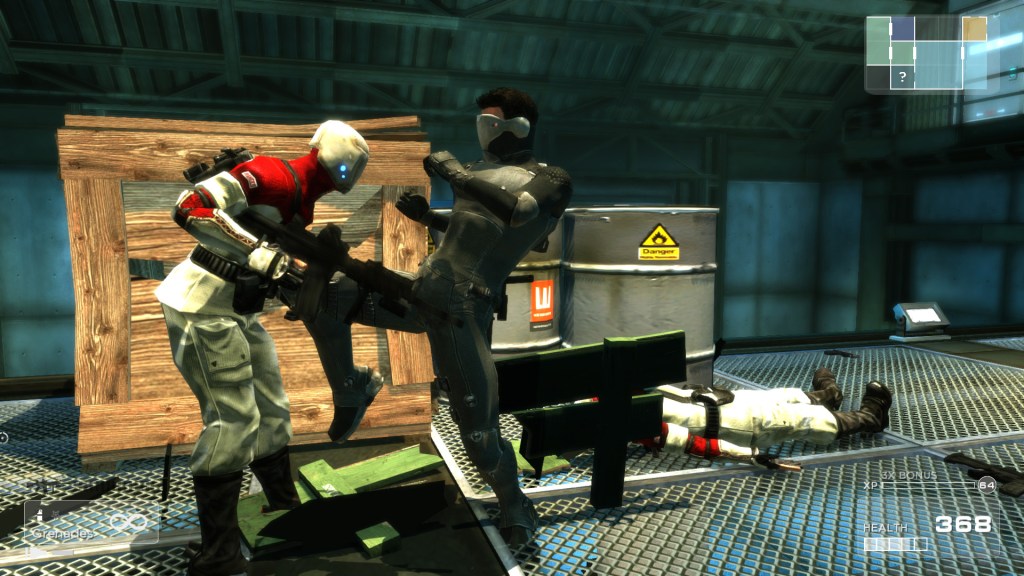
15. Shadow Complex
Most mMetroidvanias take place on a 2D plane. Even when a game utilizes 3D graphics, players and enemies only move on the X and Y axes. Shadow Complex is one of the most notable Metroidvanias to challenge this notion.
Shadow Complex takes place in the world of Orson Scott Card’s Empire series. Players explore a hidden military bunker and have to help the main protagonist rescue his girlfriend. Shadow Complex sets itself apart from most Metroidvanias by letting players and enemies actually interact with the environment. Players can take cover behind walls and shoot explosive barrels, whereas opponents can move into the background and reposition themselves for a better shot. While it’s a shame more Metroidvanias don’t utilize all three dimensions as much as Shadow Complex, you will probably never play another game quite like it.
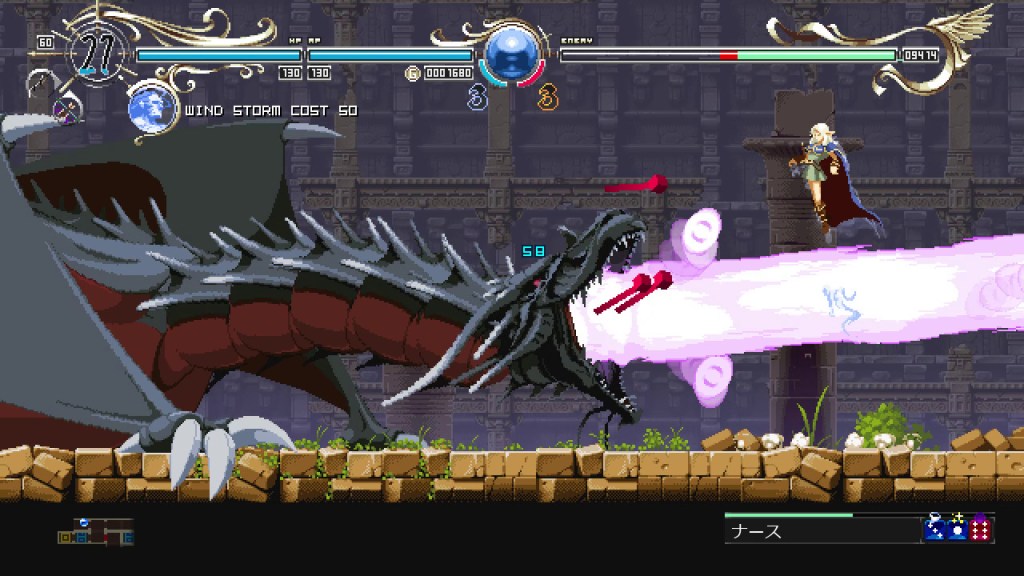
14. Record of Lodoss War: Deedlit in Wonder Labyrinth
The Record of Lodoss War franchise is a cult classic fantasy series that has mostly stayed in Japan. The franchise has primarily stuck to novels and RPGs, as it originated as a Dungeons & Dragons homebrew setting, but Record of Lodoss War: Deedlit in Wonder Labyrinth is a glorious exception.
In Deedlit in Wonder Labyrinth, players control the titular Deedlit as she ventures through a, well, labyrinth. In typical Metroidvania fashion, the dungeon is full of enemies, loot, and abilities that unlock new areas, but it also weaves in bullet hell-like segments that test player reflexes. Record of Lodoss War: Deedlit in Wonder Labyrinth comes across as a slightly more linear sword-and-sorcery version of Castlevania: Symphony of the Night, which is still a glowing recommendation.
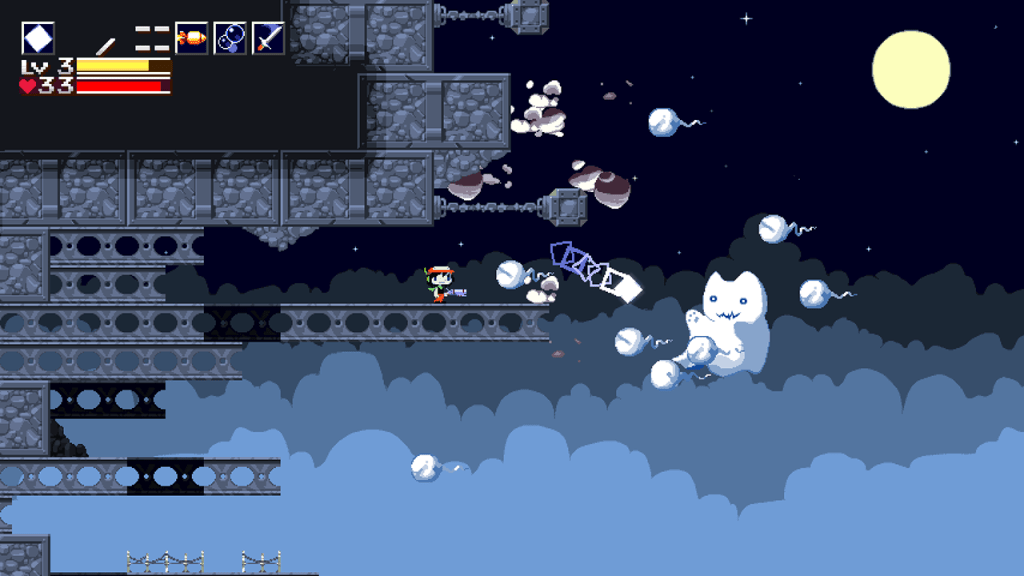
13. Cave Story
Usually, the story is secondary in a Metroidvania game. Most gamers play these titles for the exploration and loot, not the narrative, but games such as Cave Story demonstrate you can have both.
Cave Story is a challenging adventure that emphasizes run-and-gun gameplay. The more players defeat enemies, the more they level up their weapon, but it takes only one hit to decrease the protagonist’s firepower. This system forces players to stay on their toes without punishing them too much, but Cave Story’s true claim to fame is its tone and story. The game tells a tragic and emotional narrative without any voice acting or pre-rendered cutscenes. Oh, and Cave Story was the product of a lone indie developer, which makes these accomplishments even more impressive.
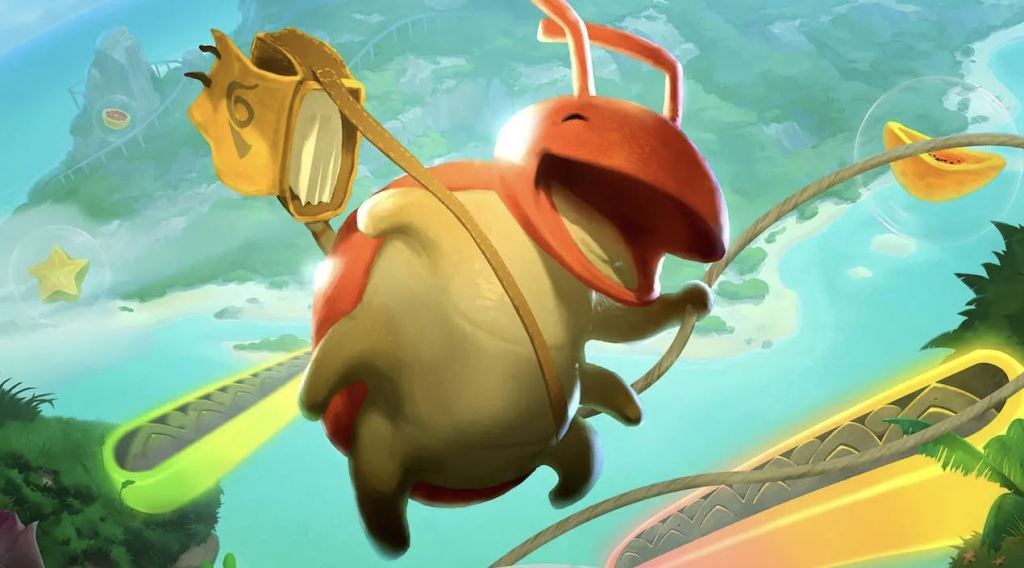
12. Yoku’s Island Express
Almost all Metroidvanias feature platforming to some degree. In order to progress, the main character needs to fight as well as they jump. But what happens when a Metroidvania protagonist can’t jump? According to Yoku’s Island Express, it’s a great excuse to start hybridizing genres.
Yoku’s Island Express is a colorful game where players control a mail-delivering dung beetle. The art style and soundscape are downright beautiful, yet they pale in comparison to the gameplay. In a whimsical twist, Yoku’s Island Express implements pinball paddles that let players launch the protagonist like…well, a pinball. This element injects action into an otherwise laid-back world, yet these segments don’t feel at odds with the tone. If anything, Yoku’s Island Express’ pinball mechanics set it apart from other Metroidvanias.
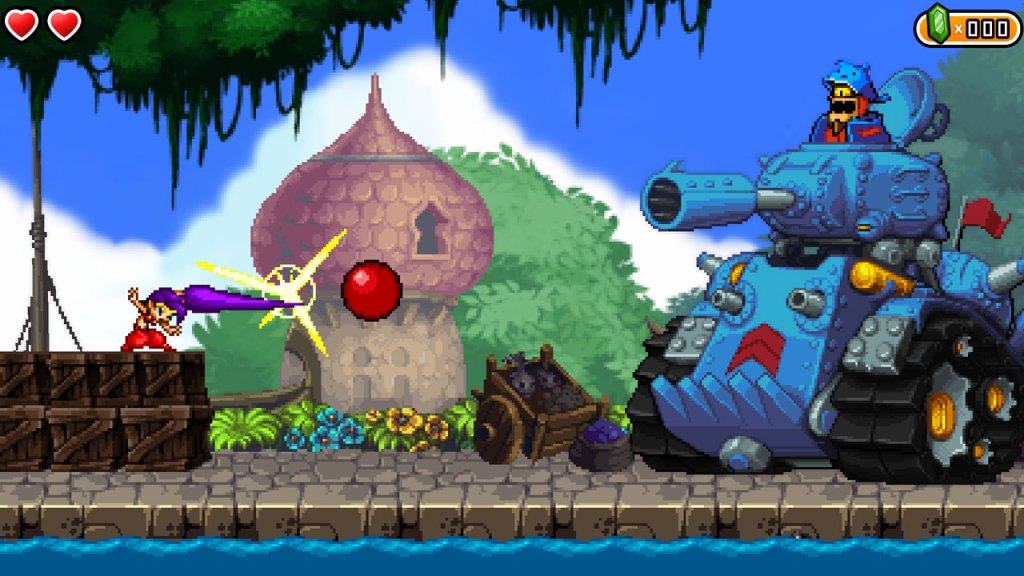
11. Shantae and the Pirate’s Curse
The Shantae series is Wayforward’s contribution to the Metroidvania genre. Each entry revolves around the titular Shantae, who uses her genie powers to conquer dungeons and save the day. Most if not all Shantae games are worth playing, but Shantae and the Pirate’s Curse stands above the rest.
Shantae and the Pirate’s Curse sports the same tight controls and earworm music as the rest of the franchise, but its pacing is much tighter. Usually, Shantae’s abilities come in the form of shapeshifting, but players typically need to pause the action in order to access her different forms. In Shantae and the Pirate’s Curse, Shantae can’t shapeshift and instead relies on a variety of pirate tools, which can be accessed with the press of a button. This change speeds up the action significantly.

10. Blasphemous 2
Soulslikes changed the face of the video game industry. The genre popularized the production of grimdark fantasy worlds and games that weren’t afraid to test the limits of player skill and patience. Blasphemous famously mixed the Metroidvania and Soulslike genres, and its sequel improved on the formula.
Blasphemous 2, and, by extension Blasphemous, channels medieval Spanish iconography to create a bloody good experience. Every inch of the world is brought to life with pixel art that puts the “gore” in gorgeous, and combat is as fast and deliberate as it is unforgiving. While Blasphemous and Blasphemous 2 are both challenging titles, Blasphemous 2 edges out its predecessor thanks to additional weapons and abilities.
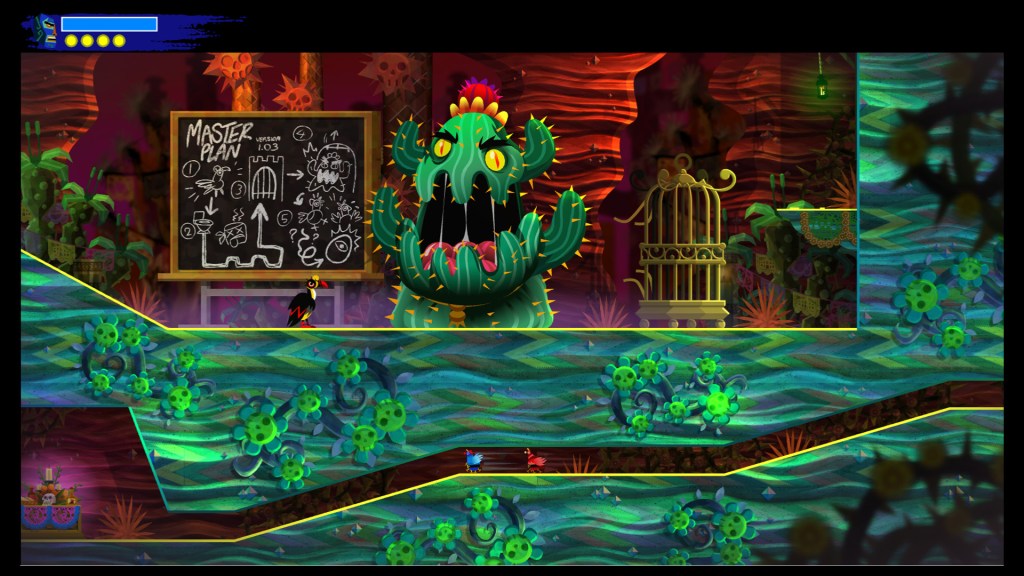
9. Guacamelee! 2
Beat ‘em up video games used to be everywhere but have fallen out of fashion. Nowadays, gamers and studios are primarily interested in open-world titles, battle royales, and Metroidvanias. In their own ways, the Guacamelee! games remind players why beat ‘em ups were once highly regarded.
Guacamelee! and Guacamalee! 2 are colorful hybrid Metroidvania/beat ‘em ups that take players on whirlwind tours of mystical worlds inspired by Mexican culture and legends, as well as pop culture references. Combat revolves around punching and grappling, and many unlockable attacks double as mobility skills, increasing their utility. Both Guacamelee! games are exciting titles with an excellent sense of humor, but Guacamelee! 2 is slightly better since it lets you suplex skeletons as a chicken.
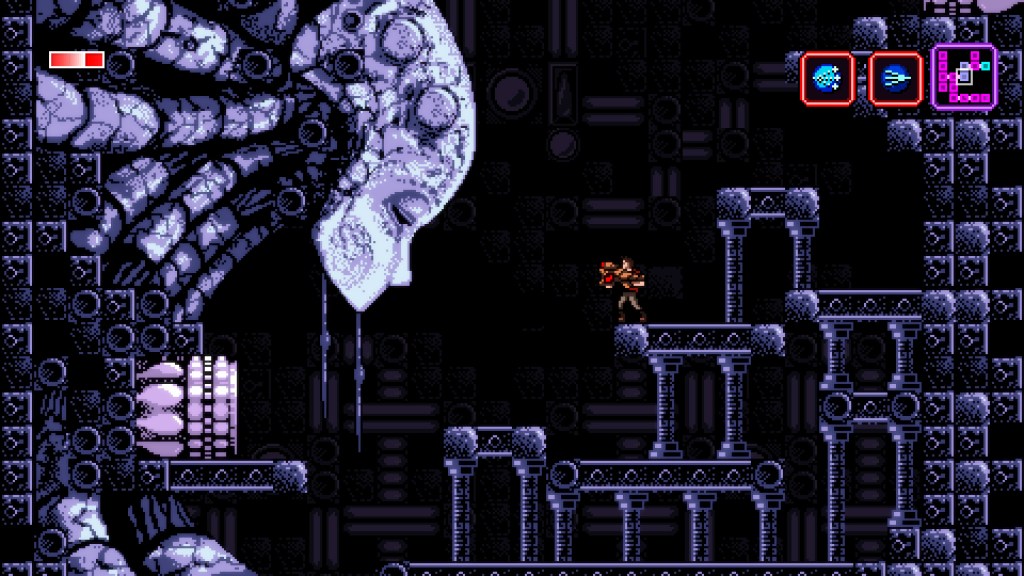
8. Axiom Verge
Many Metroidvania titles pay homage to the games that started the genre, Super Metroid and Castlevania: Symphony of the Night. However, some borrow more from those titles’ precursors, specifically the original Metroid. That isn’t a criticism, mind you.
Axiom Verge is essentially what would happen if you modded the world and enemies of Metroid into the biomechanical love child of H.R. Giger and Contra. Axiom Verge’s levels are gloriously disgusting, and players have plenty of weapons that fit different playstyles. No two guns work the same way, and many introduce new avenues of exploration, arguably the most novel of which intentionally glitches enemies and platforms. While Axiom Verge inherited some of its DNA from the original Metroid (which predated some of the refinements and advancements of the more modern Metroidvania genre), it is a full-blooded Metroidvania title through and through.
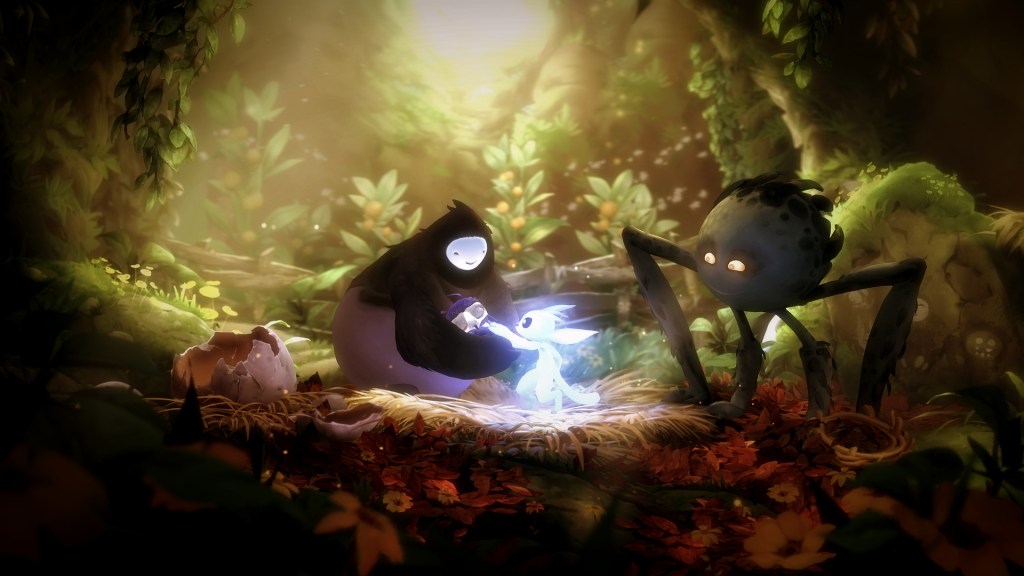
7. Ori and the Will of the Wisps
Ori and the Blind Forest was a jaw-dropping first outing for Moon Studios. The game wowed audiences with tight controls, glorious visuals, and flawless presentation. Players wondered what the studio would do for an encore. The answer was to improve upon near-perfection.
In Ori and the Will of the Wisps, players once again control the forest spirit Ori and help them navigate a twisting and often dangerous forest. Like its predecessor, Will of the Wisps looks like a painting in motion, and its narrative is bound to leave most audiences in tears, but it also provides more. More areas, more abilities, more enemies, and more emotional moments. Ori and the Will of the Wisps demonstrates that more is often better.
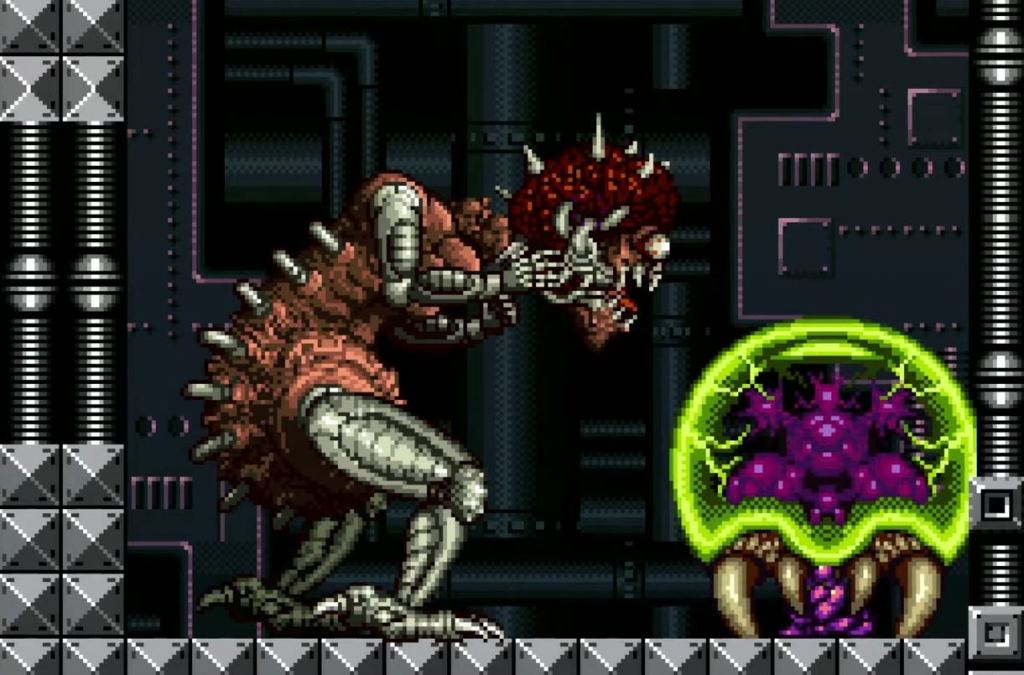
6. Super Metroid
The Metroid series has long been considered the metric by which all other Metroidvania games are measured. Not surprising since the franchise helped birth the genre, but which one is the best? Almost all Metroid games are worth your time and money, but Super Metroid arguably still stands as the series’ masterpiece.
Super Metroid introduced many gamers to the Metroidvania genre’s core tenets. Players are given little direction and have to survive and forge their own paths until they reach the final boss. However, stellar gameplay only carries the adventure so far. Super Metroid’s pixel art and sound design sell players on the feelings of isolation within a hostile alien landscape. Not even Metroid Prime managed to surpass Super Metroid, and that game was out of this world.
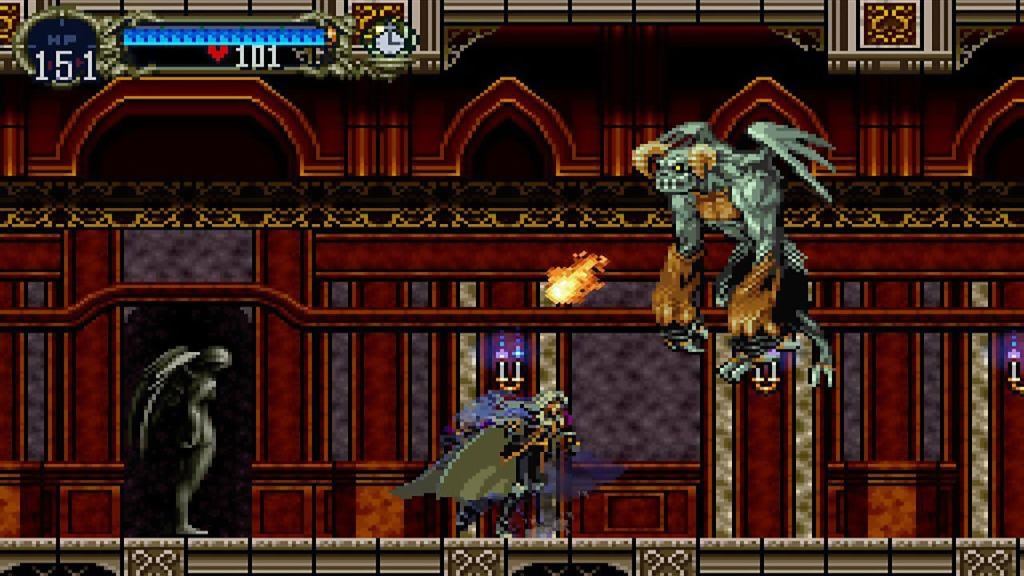
5. Castlevania: Symphony of the Night
The first several Castlevania games were fun, challenging, and downright iconic platformers. Like other game franchises introduced around the same time, Castlevania stayed that way throughout several console generations, but then Castlevania: Symphony of the Night turned the Castlevania experience on its head and helped invent a new genre.
Symphony of the Night took the Castlevania blueprint, polished it to a mirror sheen, and added RPG elements. Movement is more fluid than it’s ever been in the series, and the game is full of collectible items, spells, and abilities that can completely change the main character’s stats and strategies. The number of weapons players can find and equip is downright insane, almost as insane as the number of hidden rooms and item synergies players can discover on their own. In Castlevania: Symphony of the Night, defeating Dracula isn’t the goal, it’s figuring out new ways to make the hero broken and overpowered.

4. The Messenger
Many video games pay homage to console generations that came before. These titles adopt mechanics and graphics to complete the illusion that audiences are playing a retro video game. The Messenger is one such title. Well…at least that’s what it wants you to believe.
The Messenger starts as a simple 8-bit sidescroller that homages the original Ninja Gaiden, but The Messenger eventually shows its true 16-bit colors. Partway through the campaign, the game morphs into a time-twisting Metroidvania that has players swapping between different art styles to unlock new areas and items. This change gives players yet another reason to stick around. The other two are a killer soundtrack and witty dialogue that brings the narrative to life.
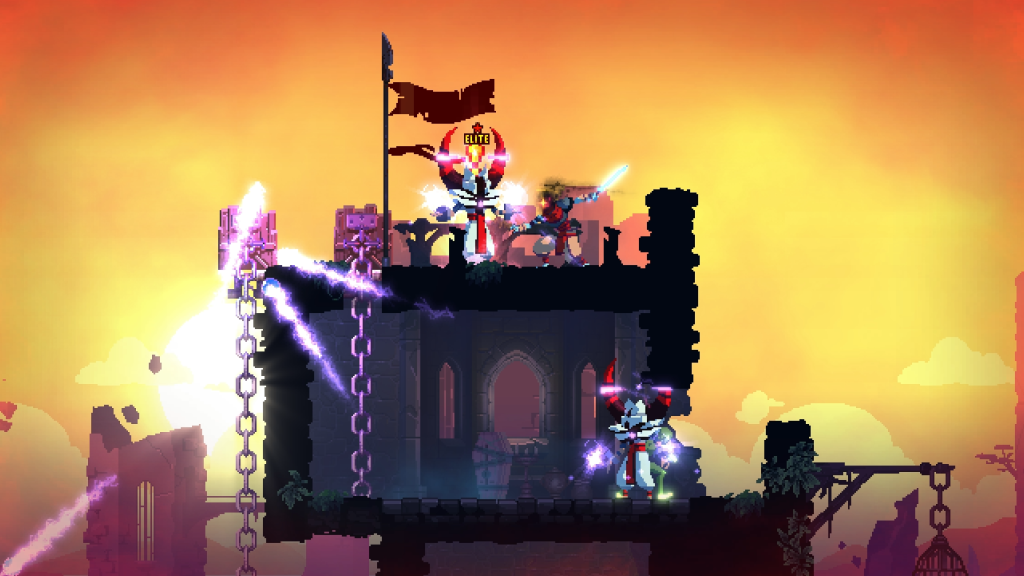
3. Dead Cells
Metroidvanias primarily focus on backtracking and utilizing special abilities to access new areas. Meanwhile, roguelikes are all about dying and trying again. These design philosophies sound like they should be at odds, but Dead Cells found a way to combine them.
In Dead Cells, players control an immortal blob that can possess bodies. Each time it dies, it revives, controls a new headless host, and starts all over again. Each run randomizes the level layout, and players are encouraged to explore every corner in order to acquire new weapons and powers they can use in subsequent sessions. And since death comes easily, they will constantly find new and exciting secrets and weapons. The developers have kept Dead Cells alive with constant updates and expansions, the latest of which includes enemies, items, and areas ripped straight from Castlevania.
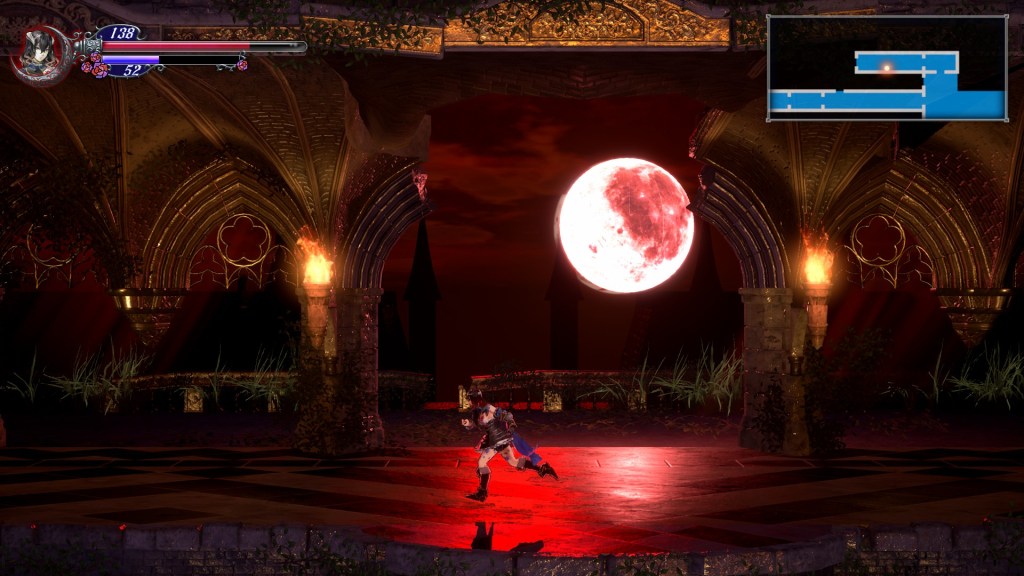
2. Bloodstained: Ritual of the Night
Koji Igarashi is widely regarded as the father of the Metroidvania genre thanks to his work in Castlevania: Symphony of the Night. When he left Konami to create his own company, audiences expected a lot from his next game. Thankfully, they were correct, as Bloodstained: Ritual of the Night delivered on its promises.
At its core, Bloodstained: Ritual of the Night is a spiritual successor to Symphony of the Night that understands what made the original so special. Ritual of the Night is all about exploring a gorgeously gothic castle, acquiring new pieces of equipment and spells that make the protagonist stronger, and repeating until you’ve won. That is a solid design on its own, but Bloodstained: Ritual of the Night also adds copious amounts of references and humor that give the experience a personality all its own.
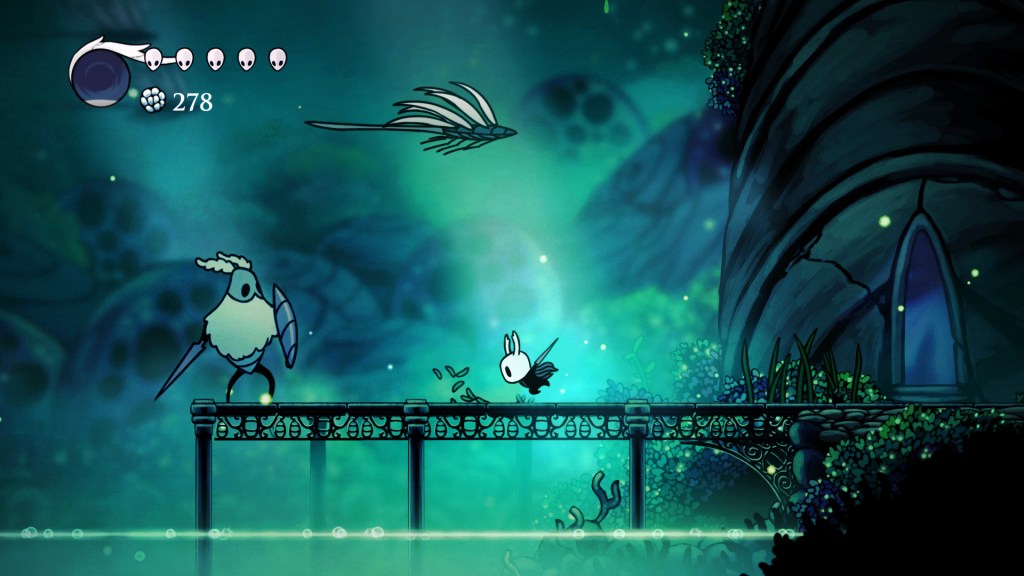
1. Hollow Knight
Aesthetics usually control a game’s tone. A title featuring cute characters will usually be more lighthearted, while a game with more realistic graphics can get away with being more depressing. Hollow Knight blends these concepts with stylish expertise.
Hollow Knight is another modern title that combines Metroidvania platforming and exploration with Soulslike difficulty and mystery. Controls are some of the most fluid and responsive in the genre, which is a boon since boss battles are likewise crushingly difficult. These features alone would make Hollow Knight a great game, but its presentation elevates the experience even further. Hollow Knight combines cute bugs with a depressing world that crumbles around players as they explore to provide an unforgettable adventure.
